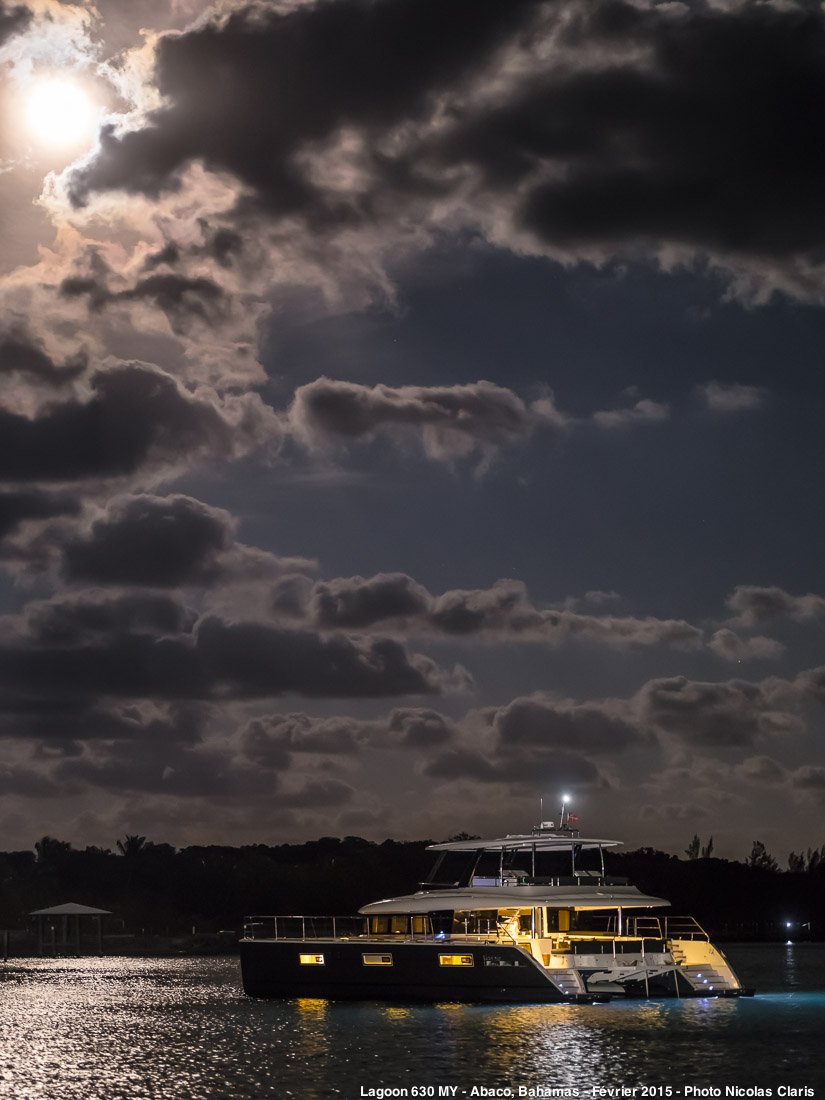nicolas claris
OPF Co-founder/Administrator
For my last shoot in the Bahamas last week, Pentax lent me a Z…
The gap between the 645D and the 645Z is huge!
AF is more precise and they are many more points.
HDR in camera is not anymore in JPG but raw, the results are stunning, even with people in the frame.
Saving on cards is much faster even with more data, one can easily shoot raw in burst!
I was a little concerned that the lens I have will may be show some weakness due to the new resolution, but far from that the CMOS delivers incredibly sharp and clear images (needs much less sharpening), even the "old" 80-160 mm : ). The only down side is some moiré patterns that appear in some cases but they are easily treated in Lightroom.
And many more!
Low light shooting was pretty good with the D, but with the Z the limits are really pushed far away…
Below is hand held shot of a moving subject from a moving platform by night :

PENTAX 645Z
HD PENTAX-D FA645 MACRO 90mm F2.8ED AW SR
1/8 s; f/2,8; ISO 2000
The gap between the 645D and the 645Z is huge!
AF is more precise and they are many more points.
HDR in camera is not anymore in JPG but raw, the results are stunning, even with people in the frame.
Saving on cards is much faster even with more data, one can easily shoot raw in burst!
I was a little concerned that the lens I have will may be show some weakness due to the new resolution, but far from that the CMOS delivers incredibly sharp and clear images (needs much less sharpening), even the "old" 80-160 mm : ). The only down side is some moiré patterns that appear in some cases but they are easily treated in Lightroom.
And many more!
Low light shooting was pretty good with the D, but with the Z the limits are really pushed far away…
Below is hand held shot of a moving subject from a moving platform by night :

PENTAX 645Z
HD PENTAX-D FA645 MACRO 90mm F2.8ED AW SR
1/8 s; f/2,8; ISO 2000
